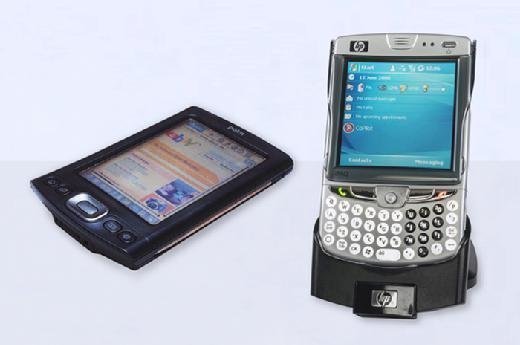Personal Digital Assistant (PDA) Definition
Popular in the 1990s and early 2000s, personal digital assistants (PDAs) were the precursors to smartphones. Most PDAs had a small physical keyboard, and some had an electronically sensitive pad on which handwriting could be received. Original uses for a personal digital assistant included schedule and address book storage and retrieval and note-entering. However, many types of applications were written for PDAs.
Types of PDA devices
Apple’s Newton was the first widely sold PDA that accepted handwriting. Other popular PDA devices included Hewlett-Packard‘s Palmtop and Palm’s PalmPilot. Some PDAs offered a variation of the Microsoft Windows operating system called Windows CE. Other products had their own or another operating system.
History of PDAs
Apple CEO John Sculley coined the term PDA in 1992, but devices fitting that description had existed for nearly a decade prior.
In the mid-1990s, the manufacturers of PDAs, pagers and cellular telephones began to combine the functionality of those devices into a new device type now known as a smartphone. Nokia, IBM and Palm were some of the major players in the market at the time.
PDA and pager manufacturer Research in Motion Limited released its first BlackBerry smartphone in 2000, and the company dominated the market for most of the century’s first decade. In 2007, Apple released the first iPhone, a touchscreen smartphone, and within five years the market had shifted away from devices with physical keyboards.
 PALM: STEFANO PALAZZO / HP: ASIM18
PALM: STEFANO PALAZZO / HP: ASIM18
Future of PDAs
In the 2010s, the technology industry recycled the term “personal digital assistant.” The term now more commonly refers to software that recognizes a user’s voice and uses artificial intelligence to respond to queries. Examples of this type of personal digital assistant include Apple’s Siri, Microsoft’s Cortana and Amazon’s Alexa.